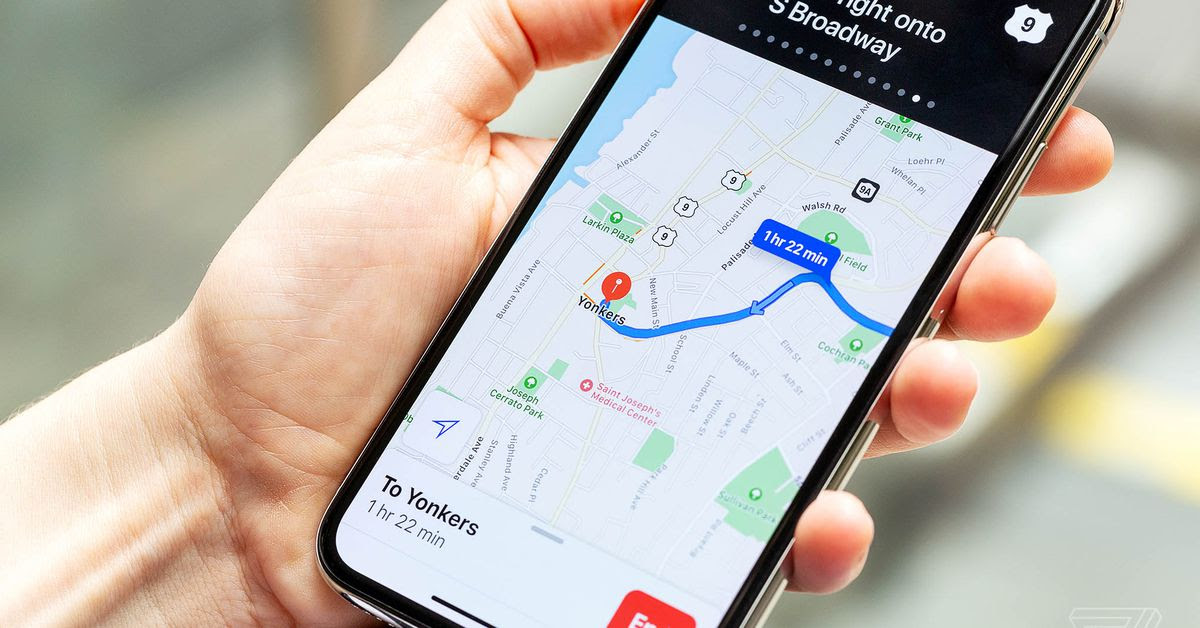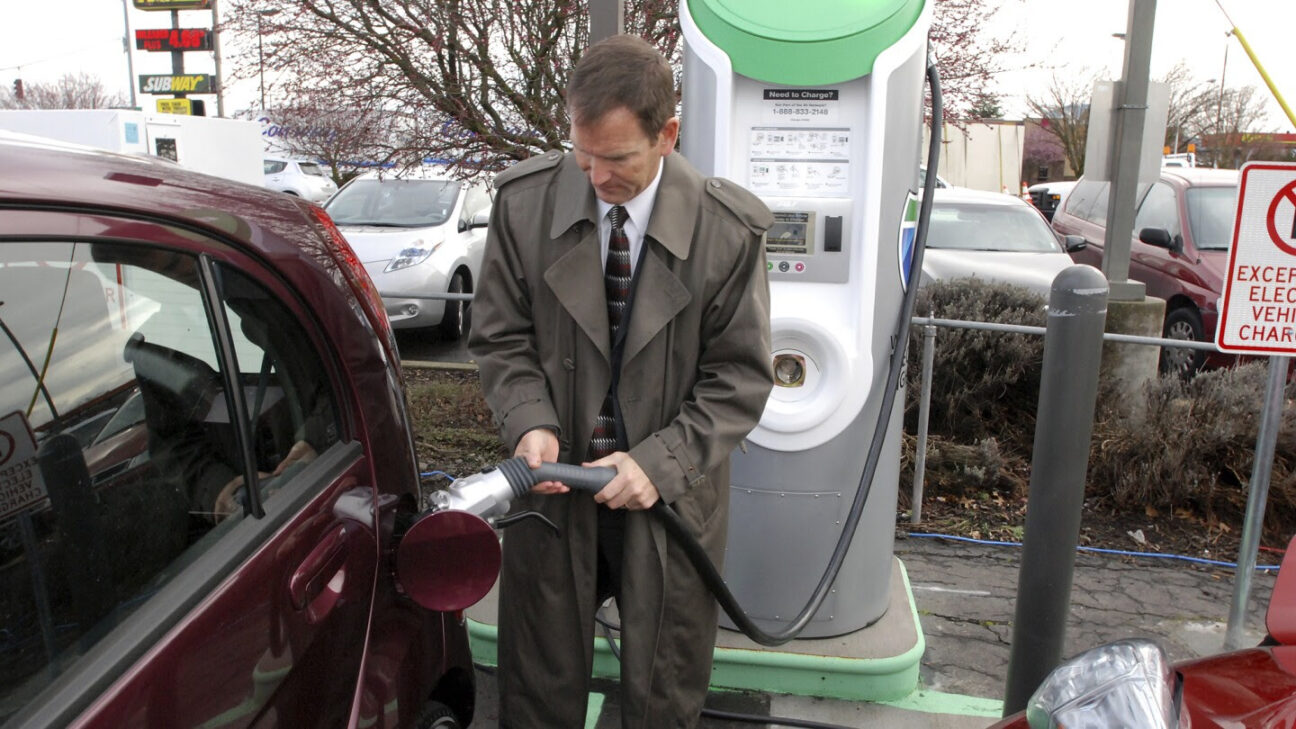Version 6.0

Written & Compiled by Macklin Andrick, GPJ Sr. Creative Technologist
GPJ Experience Technology is your trusted guide through the latest technological shifts and how they might benefit your next experience. Another week, another opportunity to explore some of the weird and wild things going on in the tech world!
Amazon plans to get into the satellite broadband game, Apple & Google maps have a new open-source competitor, big automakers get behind a new charging network and OpenAI shutters its AI Detection Tool.

Amazon Is Getting Ready to Launch a Lot of Broadband Satellites
Within a few years, Amazon hopes to be building and launching up to 80 satellites per month to populate the company’s Kuiper constellation, a $10 billion network that is similar to fleets already operated by SpaceX and OneWeb providing Internet connectivity around the world. In the next six months, Amazon plans to begin production of operational Kuiper satellites at a new 172,000-square-foot factory in Kirkland, Washington. On Friday, officials from Amazon and the Florida government announced that a 100,000 sq. ft. facility under construction at NASA’s Kennedy Space Center will serve as a satellite processing facility dedicated to the Kuiper program.
TikTok Is Launching Its Own e-Commerce Business
Soon you will be able to buy products directly from TikTok. The social media company reportedly plans to launch an e-commerce business selling made-in-China products to its US consumers. The name of the central marketplace on the platform has quite the ring to it: the “TikTok Shop Shopping Center,” – that’s not a typo. According to the Wall Street Journal, the e-commerce business will expand its existing TikTok Shop program where consumers can shop directly from Lives, videos, creator or brand profiles. But now TikTok will be the retailer of products doing everything from purchasing the products from suppliers to marketing, storing and distributing the items, rather than just being a marketplace for other retailers to sell merchandise.


Meta, Microsoft and Amazon Have Launched Their Open-Source Mapping Project
Meta, Microsoft, Amazon, and the mapping company TomTom have launched an initiative to take on Google Maps and Apple Maps. The four companies formed the Overture Maps Foundation last year with the goal of creating interoperable map products — and now, the group has released its first open map dataset. With this data, third-party developers can create global mapping or navigation products of their own, allowing them to go head-to-head with Google Maps and Apple Maps. According to Overture, the release includes over 59 million places of interest, along with data on buildings, transportation networks and administrative boundaries.
Spotify Teases Potential AI-powered Capabilities Around Personalization, Ads
Spotify CEO Daniel Ek touched on how AI could be used to create more personalized experiences, summarize podcasts and generate ads. Earlier this year, the company launched a DJ feature that delivers a curated selection of music alongside AI-powered spoken commentary about the tracks and artists you like. Ek says consumers can expect to see similar AI-powered features that aim to contextualize and personalize content across the streaming service in the future.


New Charging Network Being Built By Major Automakers Could Lure More Buyers to EVs
The announcement Wednesday that seven major automakers are joining to build a large North American electric vehicle charging network should pull people off the sidelines to at least consider shifting away from gas-powered vehicles. That’s how auto industry analysts see the move by General Motors, BMW, Honda, Hyundai, Kia, Mercedes and Stellantis to build a network of fast-chargers that will rival Tesla’s and will nearly double the number of quick-charging plugs in the U.S. and Canada.
OpenAI Just Shuttered Its AI Detection Tool
Less than six months after its public release, OpenAI has shut down its “AI classifier,” an AI-detection tool that the ChatGPT creator had previously billed as “a classifier to distinguish between text written by a human and text written by AIs from a variety of providers.” “While it is impossible to reliably detect all AI-written text, we believe good classifiers can inform mitigations for false claims that AI-generated text was written by a human,” reads an OpenAI blog post introducing the tool, published January 31 of this year, “for example, running automated misinformation campaigns, using AI tools for academic dishonesty and positioning an AI chatbot as a human.”

More Cool Stuff We Found
- Stability AI releases its latest image-generating model, Stable Diffusion XL 1.0
- The excellent Arc browser is now available for anyone to download
- Google Bard’s latest update: more features, languages and countries
- What is Generative art?
- Sketch to image AI tools suite
- Flip phones are having a moment — and all eyes are on Samsung now
- The IBM mainframe: How it runs and why it survives
- Curious exactly what happens when you run a program on your computer?
Missed a previous Creative Tech Byte? Find them all here.